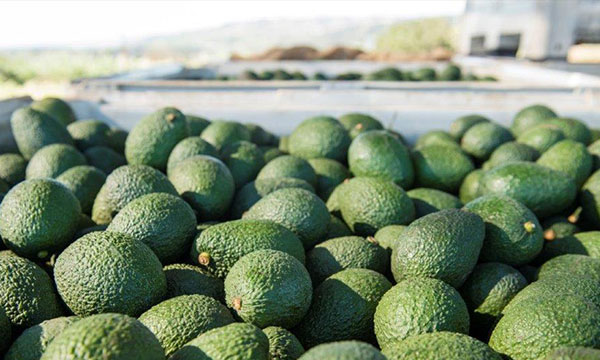2023 Year in Review
I’ve heard it said in fresh produce, we can have 40 years of experience, one year at a time, meaning the challenges as well as the opportunities are always different and changing year to year. 2023 was no exception for us, and we had to use all of our experience to bring the year to an acceptable conclusion.
Weather impacts, whatever the cause, seemed to affect us in ways across the supply chain that were both surprising and impactful. These collective weather challenges changed the “usual” course of business, and also had us asking, is this the new normal in many of our growing regions. They impacted a number of areas in our supply chain, creating challenges that all of us had to face. These challenges included:
- Small sizing from many of our growing areas that had us trying to sell a size structure that was well out of the norm for the industry.
- Crop timing in many growing areas was impacted, which again had us asking ourselves is this the new dynamic for seasonality, or merely a one-year anomaly?
- An example of this timing shows in the April-June shipping period. Mexico’s late season crop delayed by heat and drought lingered longer into its season. Our overall industry shipped 793 million pounds in this period in 2023, compared with shipping only 615 million pounds a year earlier, this increase, including an abnormally small size structure, devastated pricing levels, which a year earlier was abnormally high!
Let’s dig into the overall numbers and see what we can find. Overall, our industry was back at the shipping levels we saw back in 2021, or even a small bit higher. Total volume shipped and sold in the U.S. was at 2.837 billion pounds, up from the 2022 total of 2.677 billion pounds, an increase of 6% over the previous year. This increase in volume had our Per Capita Consumption (PCC) back on track, up to 8.7 pounds per capita, up from our prior year of 8.0, this was an increase of just under 9%.
Overall, most COO’s showed a decrease in their volume from 2022 to 2023:
- California was down from 253M to 212M a decrease of 16%
- Chile’s exports to the U.S was down from 16M to 11M
- Colombia exports to the U.S also dropped from 42M in 2022 to 30M in 2023.
- Peru saw the largest decline in fruit imported to the U.S., going from a record shipment level of 256M in 2022, to 157M in 2023, a drop of 37%.
- Mexico carried the U.S. volume lift for the year going from 2.079 to 2.413 billion pounds, an increase of nearly 14% year on year.
Volume and timing were not the only impacts, driving changing dynamics in the marketplace. Sizing from most countries was substantially smaller than the previous year, forcing the industry to sell a quite different size structure than we did in 2022, and even different than most previous crops. This smaller size structure had three distinct impacts;
- Convincing the retail trade to size shift down from the historical size curve they were used to selling to their consumers.
- Utilizing bags to sell more of this small fruit. Bagged fruit in 2023 was up over 16% over the previous year, a resounding shift for the industry to find capacity to fill more bags.
- Finally, the timing, size shift, and coming off the record high pricing of 2022, saw the industry pricing at retail drop dramatically. The average selling price of an avocado at retail in the U.S. dropped by 18% from $1.29 in 2022, to $1.04 in 2023, an impact that cost all those in the supply chain, including returns to growers.
The industry as a whole is collectively to be congratulated for being nimble, flexible, and quick, to get set to sell a crop that was fundamentally different than the year before, or fundamentally different than any crop before. Again, the question needs to be raised, is this a one year one off, or is it the new normal for the collective crop we all bring to market?
We know one thing for sure, 2024 will be different than 2023, and we will get one more year of experience, one year at a time!
YOU MAY ALSO LIKE THESE HAPPENINGS
5 Year Economic Study Shows Investments Pay
The phenomenal growth of avocado consumption in the United States is often spoken about – but never explained – until now. Learn the investments and underlying strategies driving higher and higher avocado consumption in the U.S.
2022 Year in Review
The industry faced several challenges in 2022, which kept markets, and marketers facing challenges with their customers and with consumers, that had not been seen in recent years. Despite increasing shipments from every source of supply, except one, the industry actually went backwards on supply directed to the U.S. market, and the ensuing shortage increased the pricing structure of the market in ways not seen in many years.
2021 Year in Review
2021 was another year of tremendous performance by the avocado industry, despite large impacts from pandemic restrictions, ongoing supply chain challenges, shoppers moving amongst multi-channel options, and large production capability from every source of supply.







